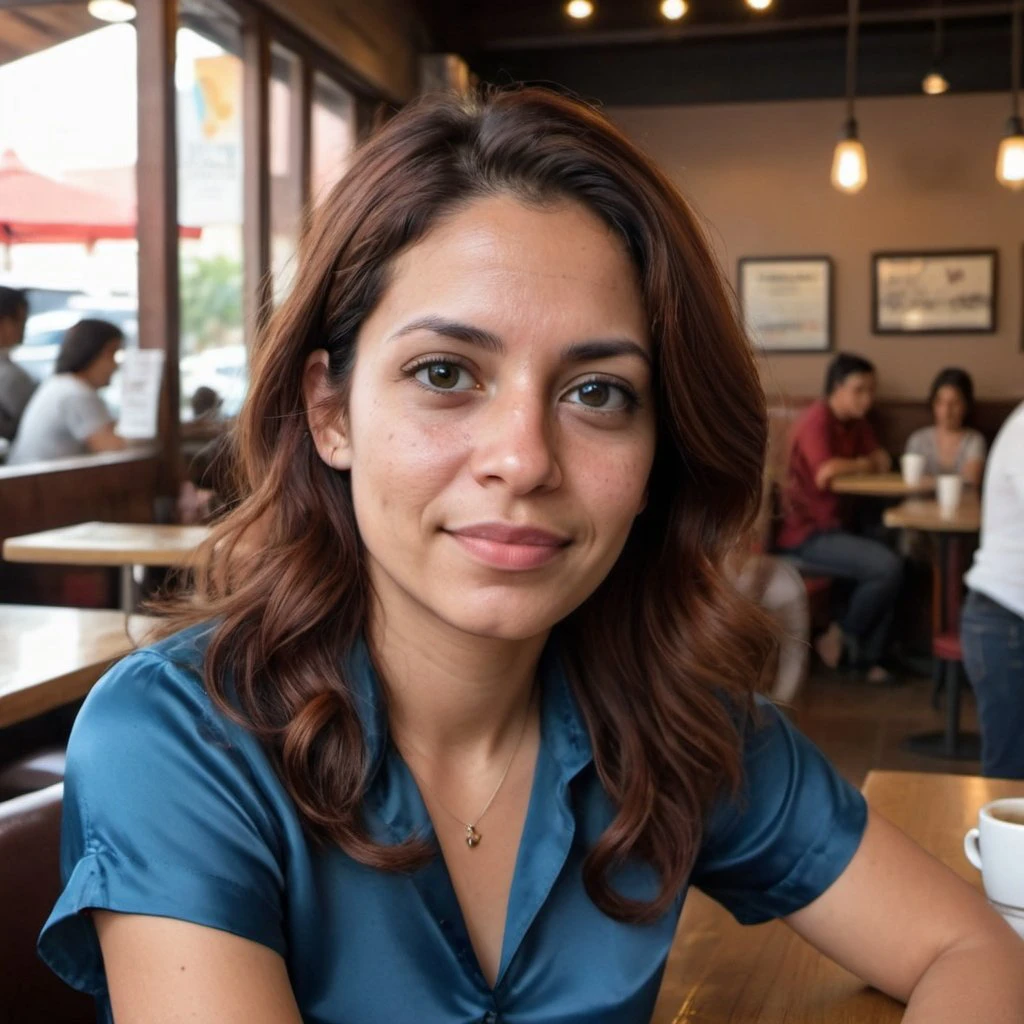What makes France so special?
Discover 31 elements that contribute to the appeal of France – from internationally renowned sights and flavors to hidden local gems – to find out why the country continues to be one of the most visited in the world.
By the way, carrying an iRoamly France Travel eSIM will help you easily find famous French food and places online.
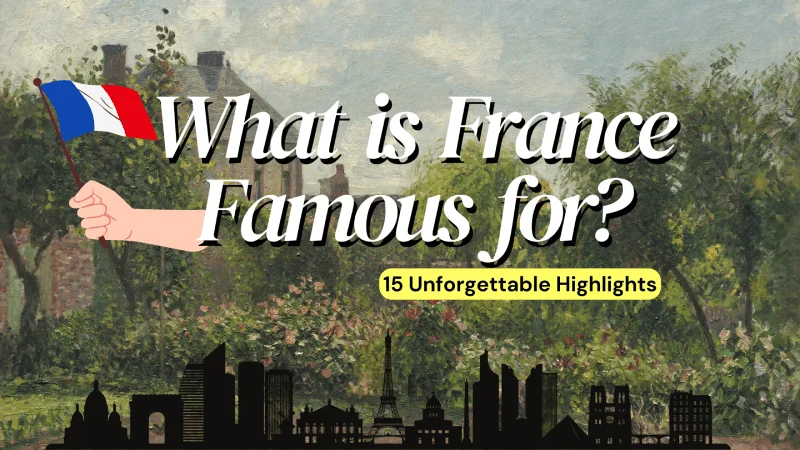
Famous Cities of France
1. Paris
The capital of France, Paris, is often called the ‘City of Light.’ Here you’ll find some of the most famous landmarks in the world like the Eiffel Tower, the Louvre, and Notre-Dame Cathedral.
This is the capital of art, fashion, and culture, drawing millions of travelers each year.
With elegant cafes, award-winning restaurants, stylish art galleries, and lots of green space, Paris is the world’s destination for lovers of history, art, and culture.
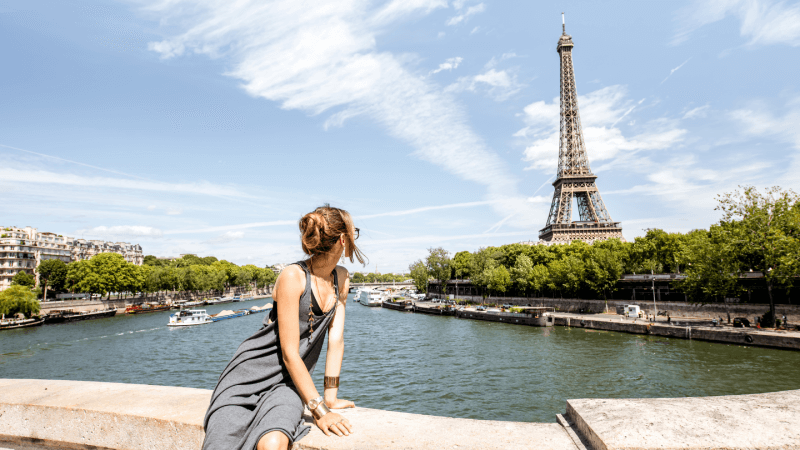
2. Nice
On the French Riviera, Nice is famous for its beautiful beaches, wonderful weather, and energetic vibe.
The seafront Promenade des Anglais is where you’ll enjoy stunning views, and the old quarter, Vieux Nice, is the area to explore colorful markets and narrow streets.
There are also many artists and cultural figures drawn to Nice and it has inspired so iconic painters as Henri Matisse and Marc Chagall.
3. Lyon
Known as the “Capital of Gastronomy,” Lyon is home to a wealth of good food.
Some of the best food in France can be found in this city, both traditional bouchons and gourmet restaurants.
The city is also home to a UNESCO World Heritage site, its renowned Old Town, an historic silk industry, and the yearly Festival of Lights, during which the city is bathed in a unique art and creativity.
Famous Landmarks of France
4. The Eiffel Tower
The Eiffel Tower is probably the world’s most recognizable landmark. Its iconic presence in Paris dates back to the 1880s when it was constructed as a centerpiece for the 1889 World’s Fair.
Today it stands as a testament to human engineering and visitors can go to the observation decks to take in gorgeous views of the city.
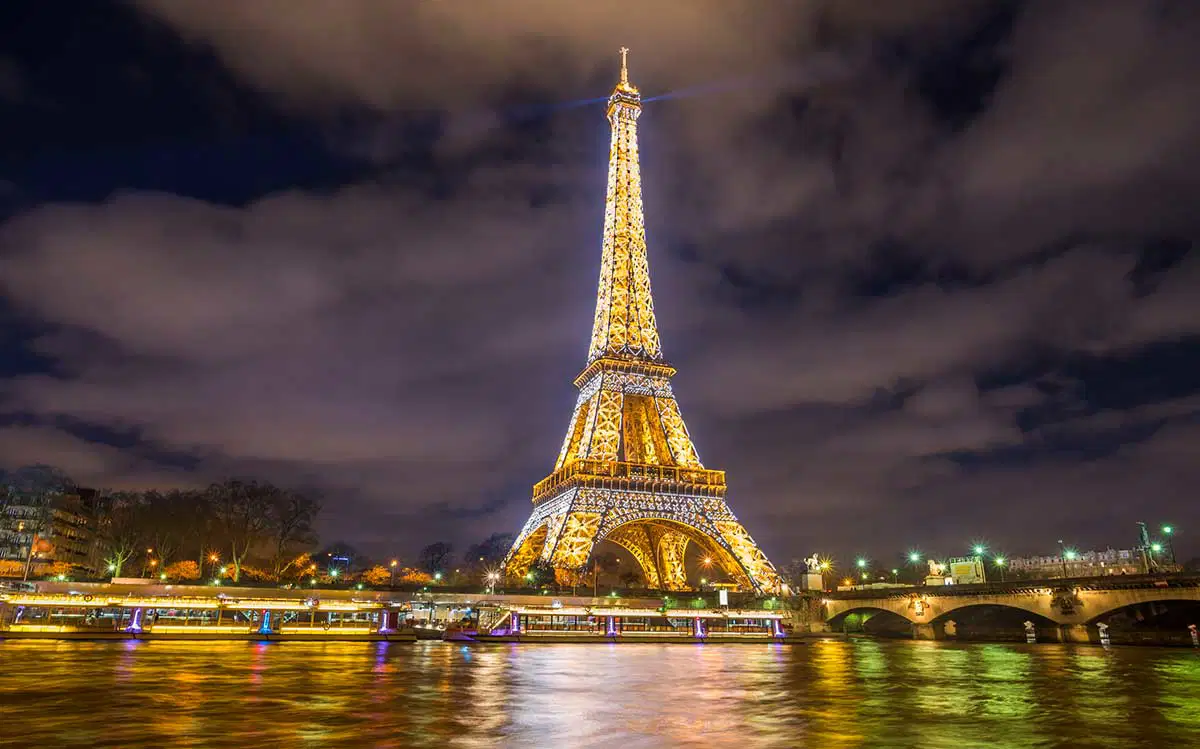
5. Louvre Museum
The Louvre isn’t just the biggest and most popular museum on Earth, it’s also home to the most famous art in the world such as the Mona Lisa and Venus de Milo.
Its large glass pyramid entrance offers a modern counterpoint to the centuries-old collection, attracting art history enthusiasts and lovers from around the world.
6. Mont Saint-Michel
Sitting on a rocky island in Normandy, Mont Saint-Michel is famous for its surging tides, transforming the abbey into a surreal and magical floating bastion.
A great example of medieval architecture and a UNESCO World Heritage site, people come here to marvel at its ancient wonder and spiritual legacy.
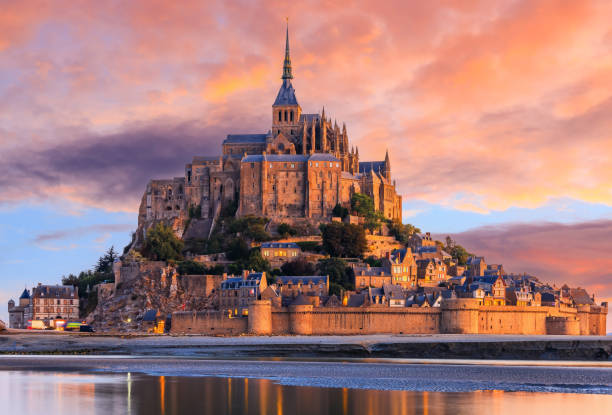
7. Notre-Dame Cathedral
The Notre-Dame Cathedral (though now partially destroyed by fire in 2019) is one of the most iconic examples of Gothic architecture in the world.
Its breathtaking design, incredible history, and its presence in Victor Hugo’s The Hunchback of Notre-Dame all cemented its legacy as an icon of Paris and French culture.
8. Lavender Fields, Provence
The lavender fields of Provence are some of France’s most scenic natural landscapes, luring travelers in with a sea of purple and a delicious scent.
Every summer, the rolling hills of the region burst forth with endless rows of lavender, surrounding visitors in a sea of purple and ensuring the Provence lavender fields are the most famous in all of France.
Not only are these landscapes a treat for the eyes, but they are an essential part of the area’s farming history, growing oils and products derived from lavender.
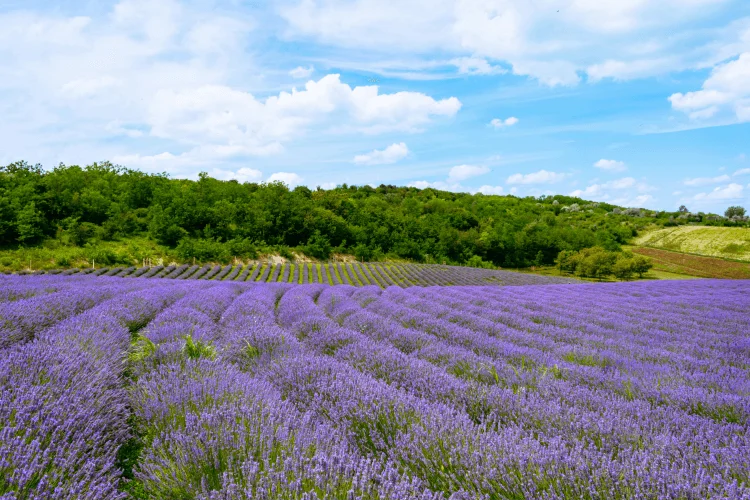
9. Versailles Palace
Located right outside of Paris, Versailles is a stunning showcase of French grandiose and royal history.
Home to elaborate gardens, a fanciful Hall of Mirrors, and an interesting backstory from the time of Louis XIV, it’s an essential visit for anyone fascinated with the history of the French monarchy and grandiose architecture.
10. Arc de Triomphe
Among Paris’ iconic landmarks, the Arc de Triomphe represents the ultimate in French national identity and military prowess.
Erected by Napoleon to celebrate his victories, its purpose is to pay tribute to the soldiers who gave their lives for their country.
During a visit, you can ascend to its top for sweeping views of the Champs-Élysées and the city.
French Cuisine
11. French Wine
France is known as the world’s premier wine country. The regions of Bordeaux, Burgundy, and Champagne all produce world-class wines.
French wine is renowned the world over for its rich history, varied types, and the unique terroirs (environmental conditions) that add unique flavors.
From bold Bordeaux reds to the bubbly fizzle of Champagne, wine isn’t just a beverage in France — it’s an essential part of the culture, frequently incorporated during mealtimes, celebrations, and events.

12. Cheese
France is known for having a diverse array of cheeses — 400 varieties in total!
From creamy Brie and sharp Roquefort to hard, aged Comté, French cheese is best paired with bread, wine, or eaten alone.
The nation’s dedication to protecting traditional cheese production has helped make cheese such an important cultural marker.
13. Escargots
Escargots, or snails, are a delicacy often associated with French fine dining.
Made with garlic, butter, and parsley, they provide a distinct and delicious flavor that is the hallmark of French cuisine.
Though it may seem exotic, escargot is actually quite delicate and is something you should try if you’re a curious eater in France.
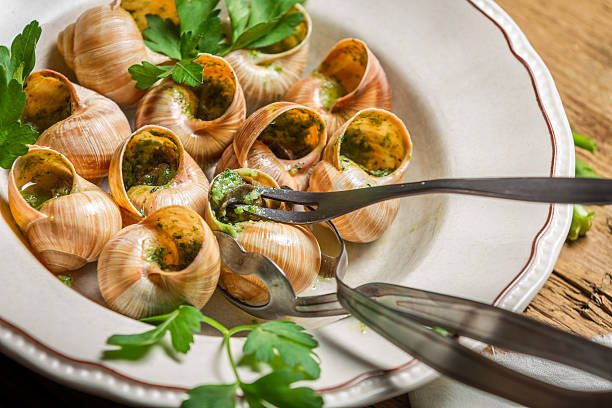
14. Baguettes
The baguette is a classic French food that has made its mark in the country’s culinary heritage.
A crusty golden exterior, chewy white interior, the baguette is loved by Parisians and tourists equally — whether eaten with cheese, pâté, or just butter.
French Culture and Art
15. Architecture
Medieval castles, historic churches, modernist architecture — in France, history and innovation converge into beautiful buildings.
It’s also where you’ll find some of the most famous architectural masterpieces on the planet, like the Gothic cathedrals of Chartres and Notre-Dame and the immense modernist creation, the Centre Pompidou, plus the pastoral beauty of the Palace of Versailles.
It’s a mix of old and modern design, plus the odd bit of art.
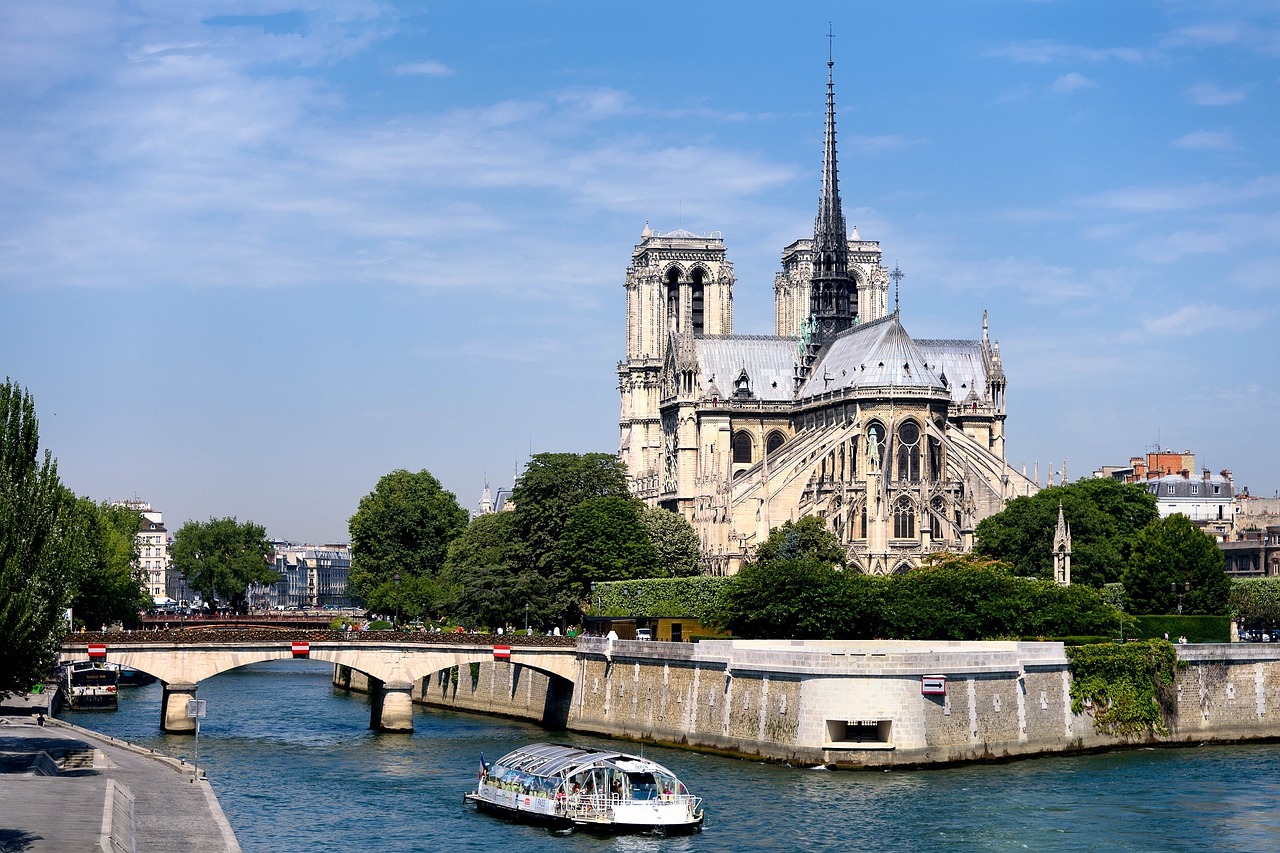
16. Fashion
They don’t say that Paris is the fashion capital of the world for nothing.
For over a century, French fashion houses such as Chanel, Louis Vuitton, and Dior have dictated global trends, influencing what we wear and how we express ourselves.
And with its fashion week, which is renowned worldwide, the city is a mecca for fashion and design year-round.
17. Cinema
The home of cinema and one of the founding countries of the art form is still one of the world’s most influential film industries.
One of the world’s premier film events, the Cannes Film Festival showcases some of the best international films each year.
French cinema has a long tradition of artistic depth and creative storytelling that has inspired filmmakers and film fans the world over.
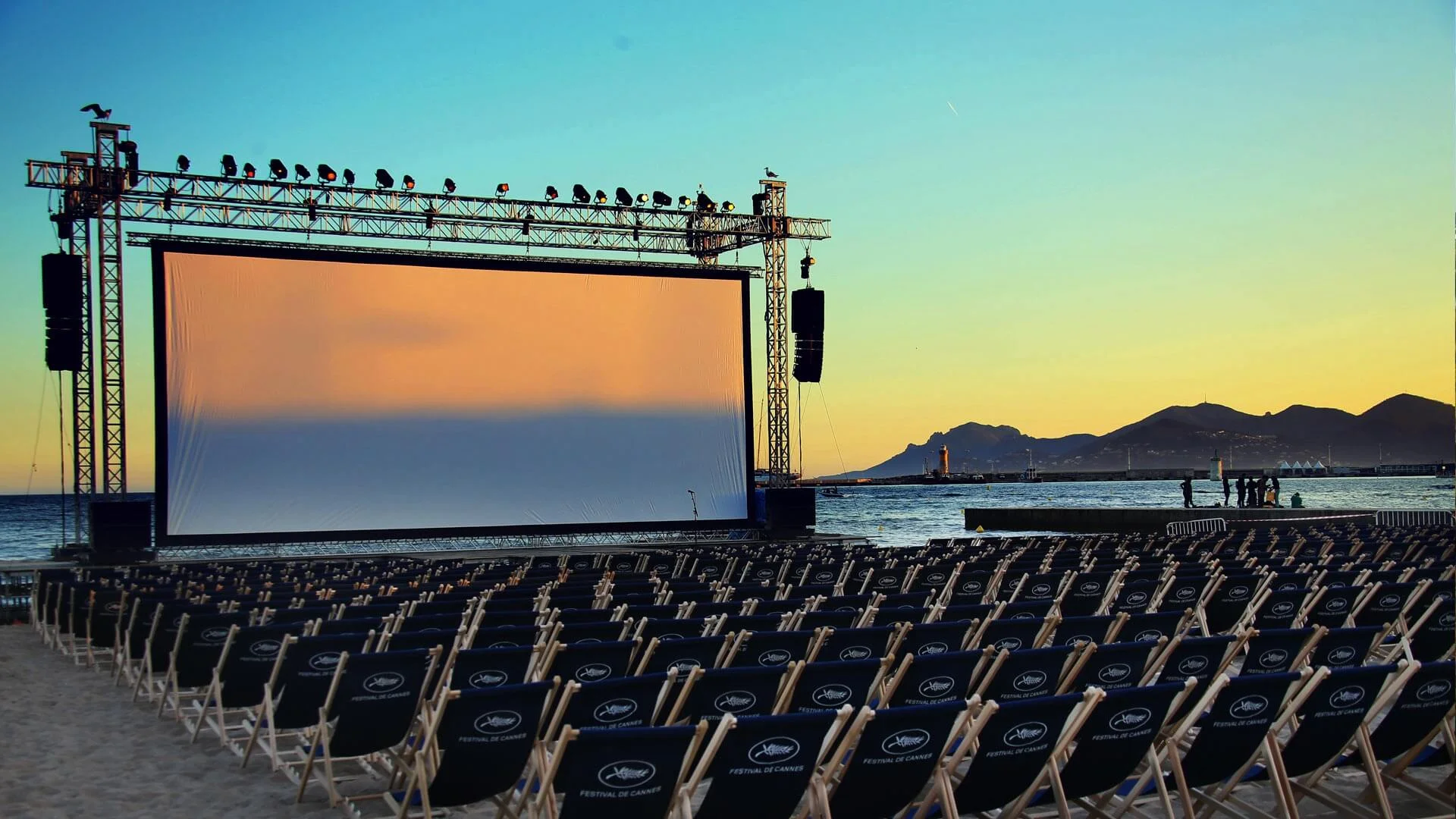
18. Philosophy
French thinkers have been pivotal in Western philosophy, from René Descartes to Jean-Paul Sartre.
The country’s tradition of inquiry and debate is what has allowed for philosophy to become, in essence, a subject that people engage in in their daily lives.
French thought, especially existentialism and postmodernism, has influenced the world over.
19. Literature
French literature is known for its profound and lasting influence on the world. From Victor Hugo to Albert Camus to Simone de Beauvoir, the works of its iconic writers are deeply etched in the minds of millions.
The literary world in France is bolstered by renowned prizes like the Prix Goncourt and is still an integral aspect of French culture.
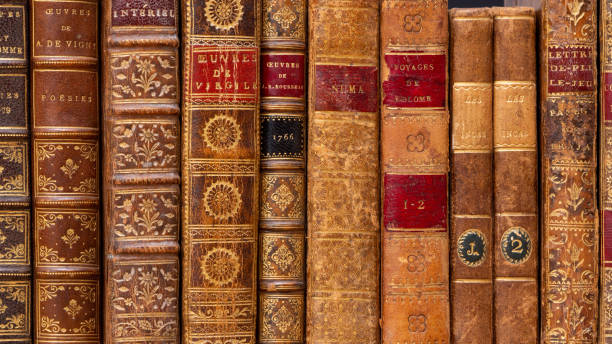
20. Paintings and Art Movements
From Impressionism to Surrealism, France has been the center of art movements for centuries.
Artistic greats like Claude Monet, Edgar Degas, and Henri Matisse used France as their muse, leaving behind a legacy of influential works that shape art today.
The country’s world-class museums, from the Louvre to Musée de l’Orangerie, are filled with famous paintings, making France a mecca for those who love art and want to trace history through art.

21. Opera
French opera is famous and has produced some of the world’s most celebrated operas (including most by Georges Bizet’s Carmen and Charles Gounod’s Faust).
The nation’s grand opera houses (like Paris’ Opéra Garnier) serve as iconic landmarks while also offering a window into the French love and adoration for music and the stage.
French opera is famous for its strong vocal performances, beautiful sets, and fulfilling plots.
Top 10 Famous French Personalities
Artists
Claude Monet: An Impressionist painter who introduced the "Water Lilies" series that emphasized light and color.
Edgar Degas: A painter noted for both his early contributions to Impressionism and his late simplified nudes.
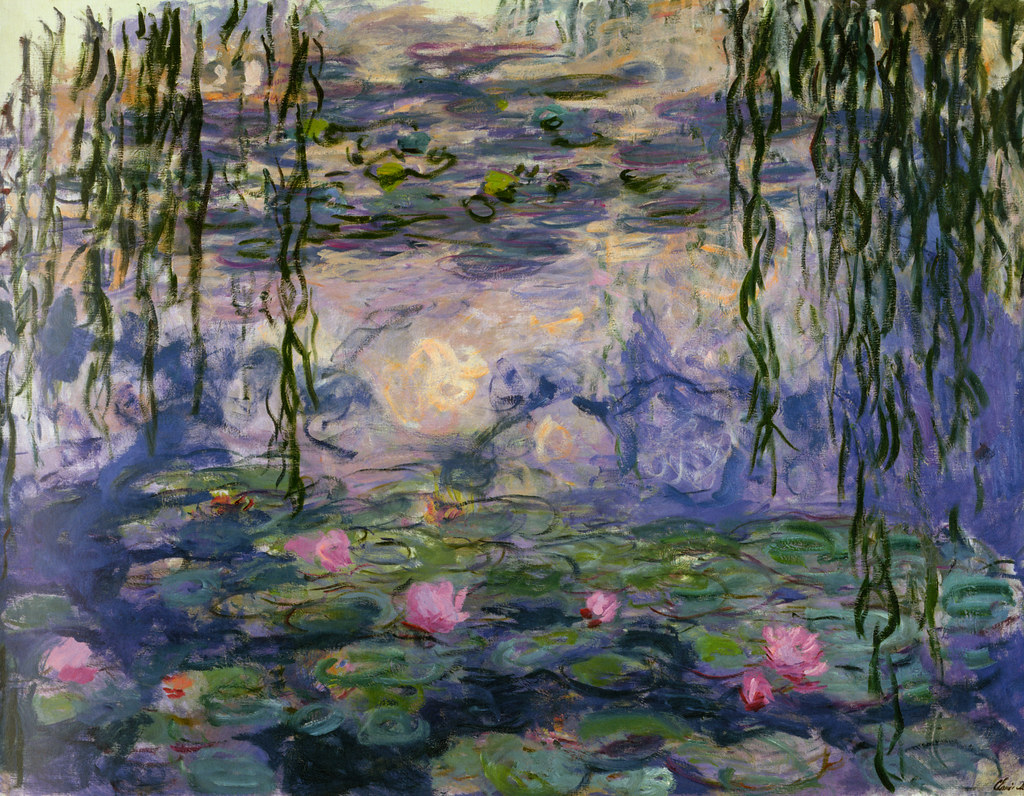
Scientists
Marie Curie: Conducted pioneering research on radioactivity; was the first woman to win a Nobel Prize and the only person to win Nobel Prizes in two scientific fields.
Louis Pasteur: Pasteur developed vaccines for rabies and anthrax and invented the process of pasteurization.
Philosophers
Voltaire: A central Enlightenment figure who argued for civil liberties, freedom of speech and separation of church and state.
Simone de Beauvoir: Did major work in existentialism and feminist theory, more philosophically than the writers above.
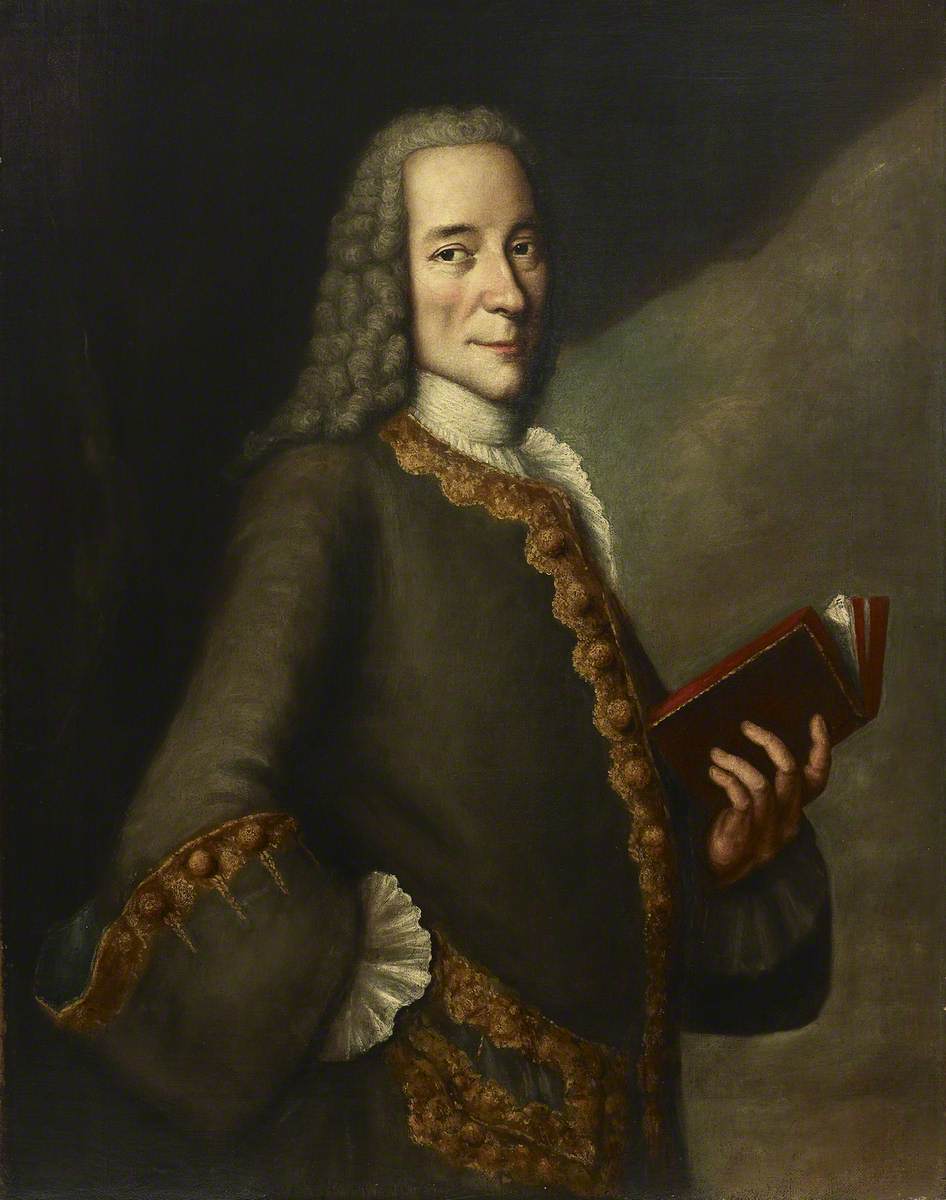
Writers
Victor Hugo: Wrote "The Hunchback of Notre-Dame" and "Les Misérables" writing about social justice and humanism.
Marcel Proust: His work “In Search of Lost Time” is a deep and complex narrative on time and memory.
Culinary Figure
Auguste Escoffier: Modernized French cooking, developing simpler techniques and taking culinary arts to the world stage.
Military and Political Leader
Napoleon Bonaparte: Emerged during the French Revolution; modern legal laws impacted by Napoleonic Code to Emperor.
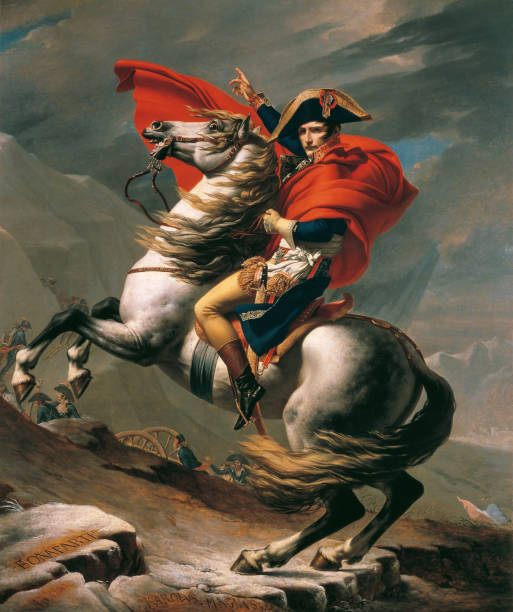
FAQ
1. Why is French food so popular?
French food is famous for its delicious ingredients, distinct flavors, and locally prepared dishes such as croissants, snails, and foie gras. It has shaped culinary traditions around the world.
2. What is the national dish of France?
France doesn't have an official national dish, but some of its most famous dishes include Coq au Vin, Ratatouille, and Quiche Lorraine.
3. Why are French pastries so famous?
France is renowned for its pastries, including croissants, éclairs, and macarons, which are all light, airy, and bursting with flavor.
4. What is the French Riviera known for?
The French Riviera is famous for incredible beaches, posh resorts, and famous towns like Nice and Cannes where you can marvel at the Mediterranean and soak up the good life.
5. What is the best time to visit France?
The spring (April to June) and fall (September to October) are the best times to go to France for nice weather and fewer tourists and the colorful tourism of summer.
Summary
France is more than where you travel to – it's where you experience a mecca of art, history, and nature.
From its gastronomy to its rich tapestry of history, a visit to France is never one you'll forget.
These ten sights are just a starting point – you'll soon discover why France remains shorthand for global culture and civilization.
Bon voyage!
